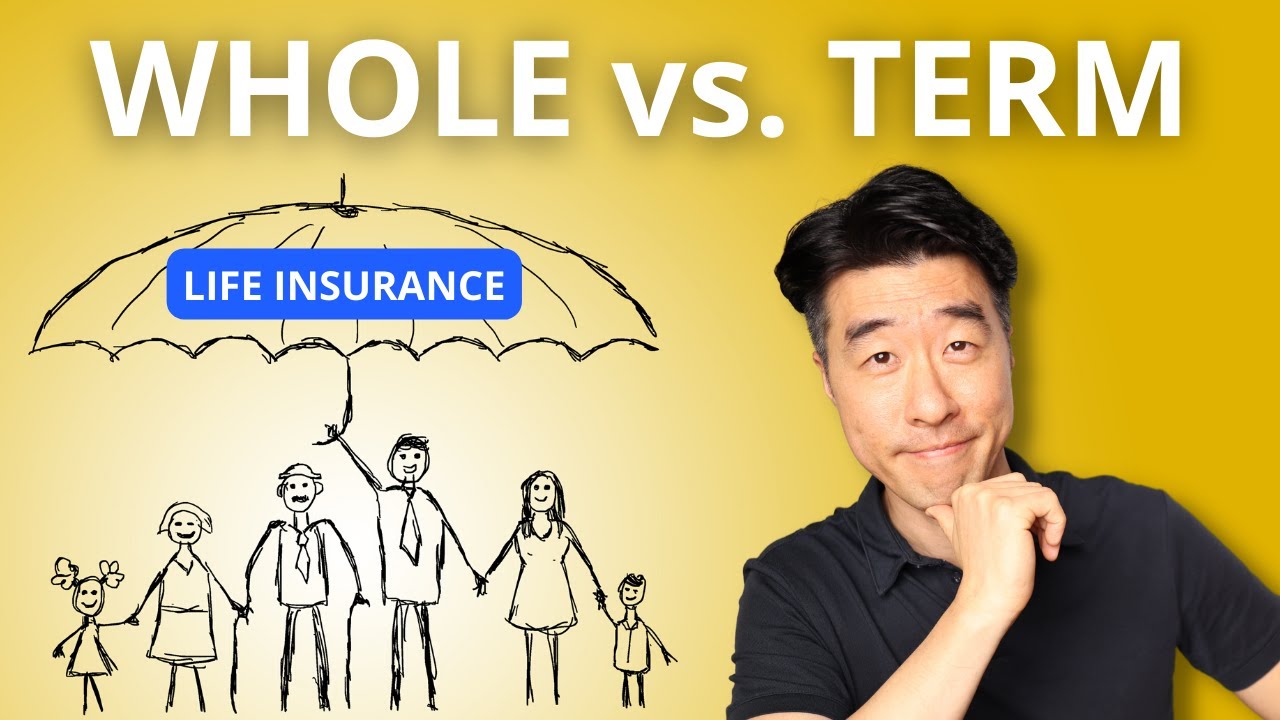Navigating the world of life insurance can feel overwhelming, especially if you’re part of the sandwich generation—those juggling the dual responsibilities of caring for aging parents while raising their own children. With so many financial obligations, choosing the right life insurance policy is crucial to protect your loved ones and secure their future. But should you go with term life insurance or whole life insurance? Let’s break it down in simple terms to help you make the best decision for your unique situation.
What Is the Sandwich Generation?
The sandwich generation refers to adults, typically in their 40s and 50s, who are “sandwiched” between caring for their children and supporting their aging parents. This group often faces significant financial pressure, from paying for college tuition to covering medical bills or assisted living costs. Life insurance can provide peace of mind by ensuring your family is financially protected if something happens to you.
Term Life Insurance: Affordable and Straightforward
What Is Term Life Insurance?
Term life insurance provides coverage for a specific period, such as 10, 20, or 30 years. If you pass away during the term, your beneficiaries receive a death benefit. If the term ends and you’re still alive, the policy expires unless you renew it (often at a higher cost).
Term life insurance offers an affordable and straightforward way to secure financial protection for your loved ones. With lower premiums than whole life insurance, it is an excellent choice for individuals on a budget who need coverage for a specific period, such as paying off a mortgage or supporting their children’s education. Its simplicity makes it easy to understand—policyholders pay for coverage during the term without worrying about additional complexities. However, term life insurance does not accumulate cash value, and once the term expires, renewing a policy may come at a higher cost due to age-related factors. Despite these drawbacks, it remains a practical option for the sandwich generation—those balancing the financial needs of both children and aging parents—who require temporary yet reliable coverage during their most financially demanding years.
Whole Life Insurance: Lifelong Protection with Added Benefits
What Is Whole Life Insurance?
Whole life insurance provides lifelong coverage as long as you pay the premiums. It also includes a savings component, known as cash value, which grows over time and can be borrowed against or withdrawn.
Pros of Whole Life Insurance:
Whole life insurance provides lifelong coverage, ensuring that your beneficiaries receive a guaranteed death benefit regardless of when you pass away. In addition to offering financial security, it builds cash value over time, which can be accessed for emergencies, retirement, or other financial needs. With fixed premiums that remain consistent throughout the policy’s duration, whole life insurance offers stability and predictability. However, this type of policy comes with higher premiums, making it a more expensive option compared to term life insurance. Additionally, its investment and cash value components add complexity, which may be challenging to navigate. Whole life insurance is best suited for individuals who seek permanent coverage and view their policy as both a protective measure and a financial tool for building wealth or leaving a lasting legacy.
Term vs. Whole Life Insurance: Which Is Best for the Sandwich Generation?
The answer depends on your financial goals, budget, and family’s needs. Here’s a quick guide to help you decide:
Choose Term Life Insurance If:
- You need affordable coverage to protect your family during your working years.
- You have temporary financial obligations, like a mortgage or college tuition.
- You’re on a tight budget and want to maximize your coverage for less.
Choose Whole Life Insurance If:
- You want lifelong coverage to ensure your family is protected no matter when you pass away.
- You’re interested in building cash value as a financial safety net or legacy.
- You have the budget to afford higher premiums.
Final Thoughts
Choosing between term and whole life insurance is a big decision, especially for the sandwich generation balancing multiple responsibilities. Term life insurance offers affordable, temporary coverage, while whole life insurance provides lifelong protection with added financial benefits. By understanding your family’s needs and financial goals, you can select the policy that offers the best peace of mind and security for your loved ones.
